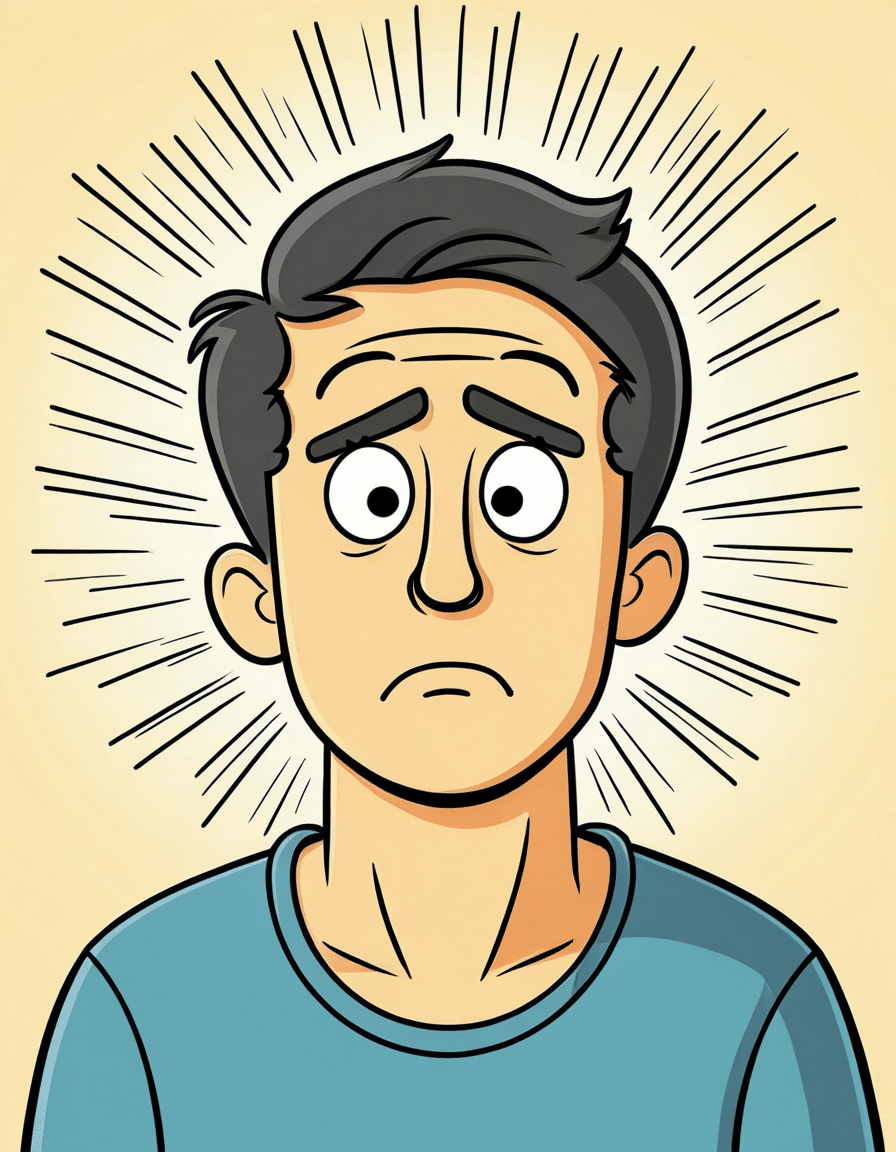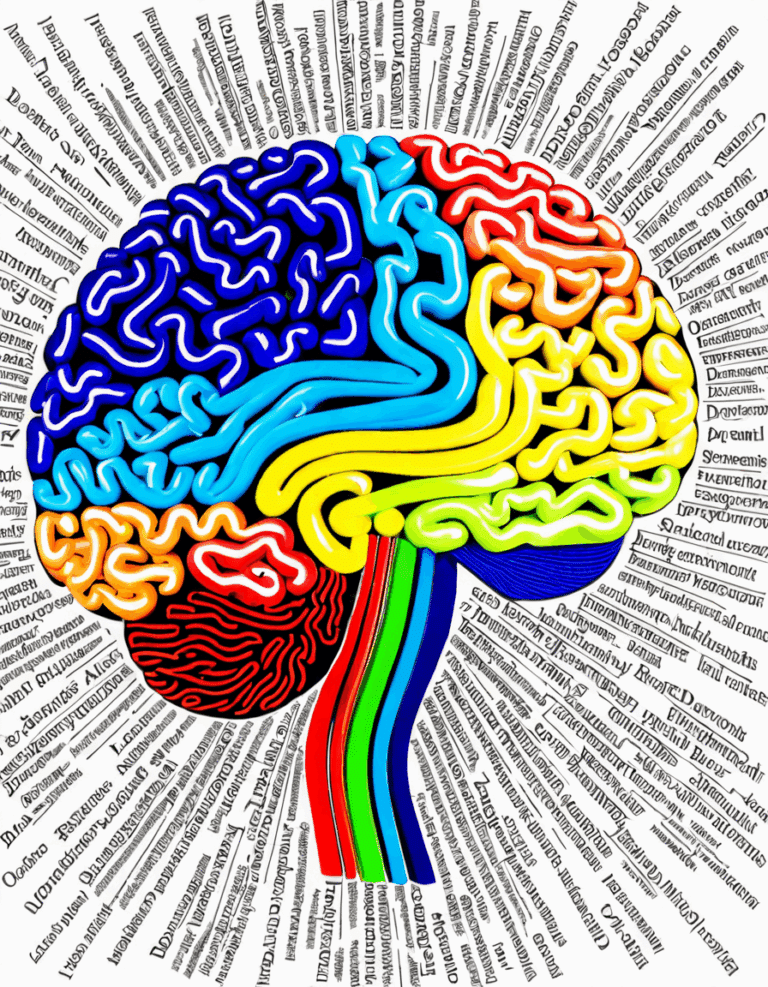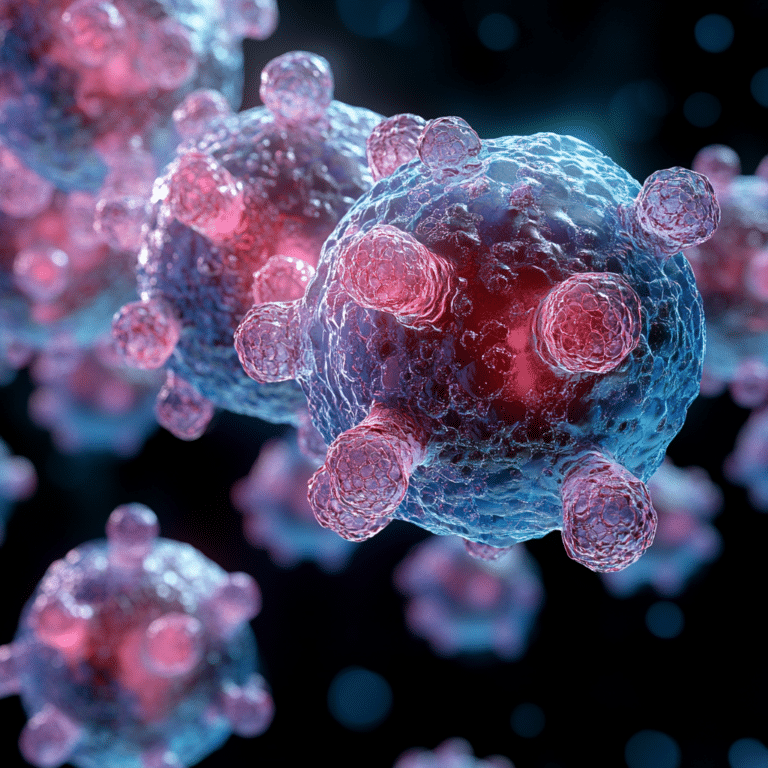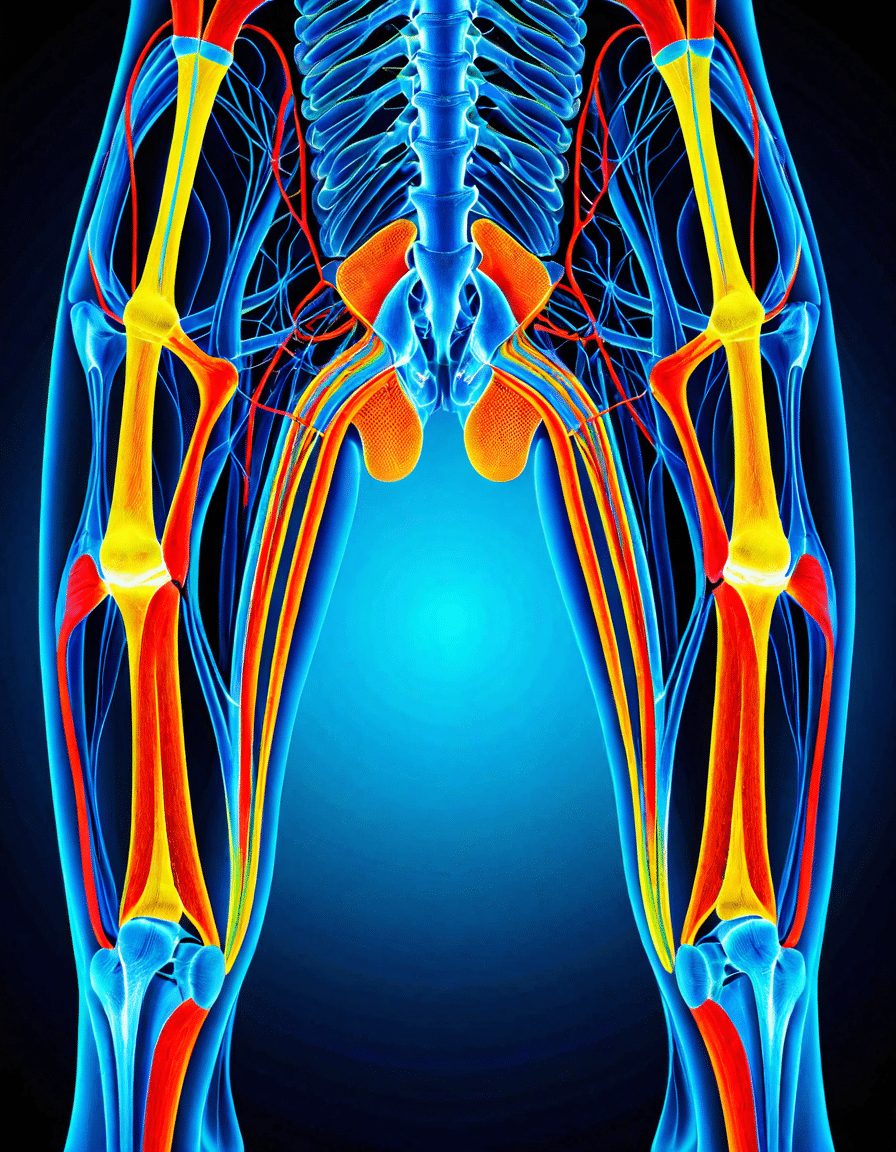Rumination syndrome is an eating disorder that throws a wrench into the lives of many, causing not just physical discomfort but emotional turmoil. Imagine fighting a battle without even realizing you’re in one—that’s the reality for countless individuals grappling with this condition. It’s characterized by regurgitating previously consumed food that’s either rechewed, re-swallowed, or simply spit out. Many might confuse this syndrome with other gastrointestinal issues, which only adds to the challenge. We’re diving deep into understanding rumination syndrome, exploring the complex symptoms, and unveiling what makes it one of the trickiest conditions to conquer.

The Complexity of Rumination Syndrome: Symptoms and Mechanisms
To truly understand rumination syndrome, we need to look closely at the symptoms and mechanisms behind it. First up are surreptitious patterns. Many individuals engage in rumination unconsciously—talk about sneaky behavior! Unlike other eating disorders that wear their symptoms on their sleeves, rumination syndrome hides in the shadows, complicating diagnosis and treatment.
Next, let’s discuss psychological factors. Stress and anxiety can steal the show, often leading to episodes of distress surrounding eating. Picture someone experiencing stress hives or panic attacks during an episode—this psychological element complicates treatment because it takes a holistic approach to tackle both the mind and body serially.
Finally, we can’t ignore the physical manifestations. Regular regurgitation can lead to severe gastrointestinal complications, such as esophagitis and dental erosions. It’s not just about the act of regurgitating; it’s about the long-term damage. The painful physical dimensions of this disorder make living a normal life incredibly challenging.

Top 5 Challenges of Managing Rumination Syndrome
Managing rumination syndrome comes with a unique set of hurdles. Here are the top five challenges people face:
Addressing the Underlying Issues in Rumination Syndrome
Understanding rumination syndrome requires a look at its root causes. Factors like genetic predispositions and environmental influences, such as trauma or stressful life events, play a significant role. This complexity calls for a nuanced treatment approach—one that pairs medical intervention with psychological support.
Practical Strategies for Coping
Embracing a Future Free from Rumination
Although rumination syndrome can present challenges, the future isn’t all doom and gloom. Ongoing research and increasing awareness are driving improved treatment options. Emerging therapies and holistic approaches offer hope to those in search of recovery. By cultivating understanding and openness, we create a community where individuals affected by rumination syndrome can get the support they desperately need.
Creating awareness, breaking down stigma, and offering comprehensive support are crucial in tackling the hurdles of rumination syndrome. The road to recovery can be rocky, but remember: it’s not impossible. With education, empathy, and collective action, we can empower those affected to rise above the struggles and reclaim their lives.
In the quest for wellness, remember that every step counts. It’s not just about overcoming rumination syndrome; it’s about building resilience and hope for a brighter future. So let’s get out there, support each other, and transform the lives of those facing this challenge. We’re in it together!
Rumination Syndrome: Fun Trivia and Interesting Facts
The Basics of Rumination Syndrome
Did you know that rumination syndrome, though not widely talked about, is a significant challenging condition for many? Often mistaken for bulimia or other eating disorders, this syndrome has its own unique characteristics. A fascinating fact is that many individuals with rumination syndrome can spontaneously regurgitate food, re-chewing and re-swallowing it, which can complicate their eating habits. This isn’t just a quirky behavior; it can stem from stress or anxiety, much like symptoms seen in other mental health conditions, such as Schizoaffective disorder Symptoms. So, you see, it’s crucial to address both the physical and emotional elements at play. It’s like trying to fix a TV that won’t connect, you need that special activation code to make everything work properly!
A Closer Look at Symptoms and Facts
The intricacies of rumination syndrome can leave folks feeling helpless. Often, the signs might appear subtle at first glance. For instance, some people may simply assume they’re just overly sensitive to their stomach’s movements! However, understanding the full palette of symptoms is key to confronting this syndrome. Did you know that it is most common in infants and young children? Just imagine a toddler who has a cute little habit but is struggling with a deeper issue! Even adults can experience it, and it often goes unrecognized until significant distress occurs. While discussing health and wellness, don’t forget to give attention to the crucial signs associated with other conditions, like Lewy body dementia Symptoms, which can be equally confusing!
Coping Strategies and Support
Finding a support system is essential for those grappling with rumination syndrome. Many benefit from community therapies and innovative strategies to cope. Having a Day Of Hope 2024 event, for example, can gather individuals facing similar challenges, promoting a feeling of camaraderie! On a lighter note, have you ever read about Tracy Kristofferson ‘s approach to wellness? She often discusses tackling emotional hurdles, not just the physical ones, through engaging conversations. Finally, nutrition plays a pivotal role in managing signs of rumination syndrome; swapping regular jeans for flannel lined Jeans can feel comforting for some, easing that snugness that can trigger symptoms. For resources on healthy food options, Thrive Market has an array of choices that cater to various dietary needs, helping individuals make better food decisions!
Rumination syndrome isn’t just an isolated challenge but brings along a variety of tangents that people might not initially recognize. By spreading awareness and integrating understanding, we can help those affected find pathways to healing.



























